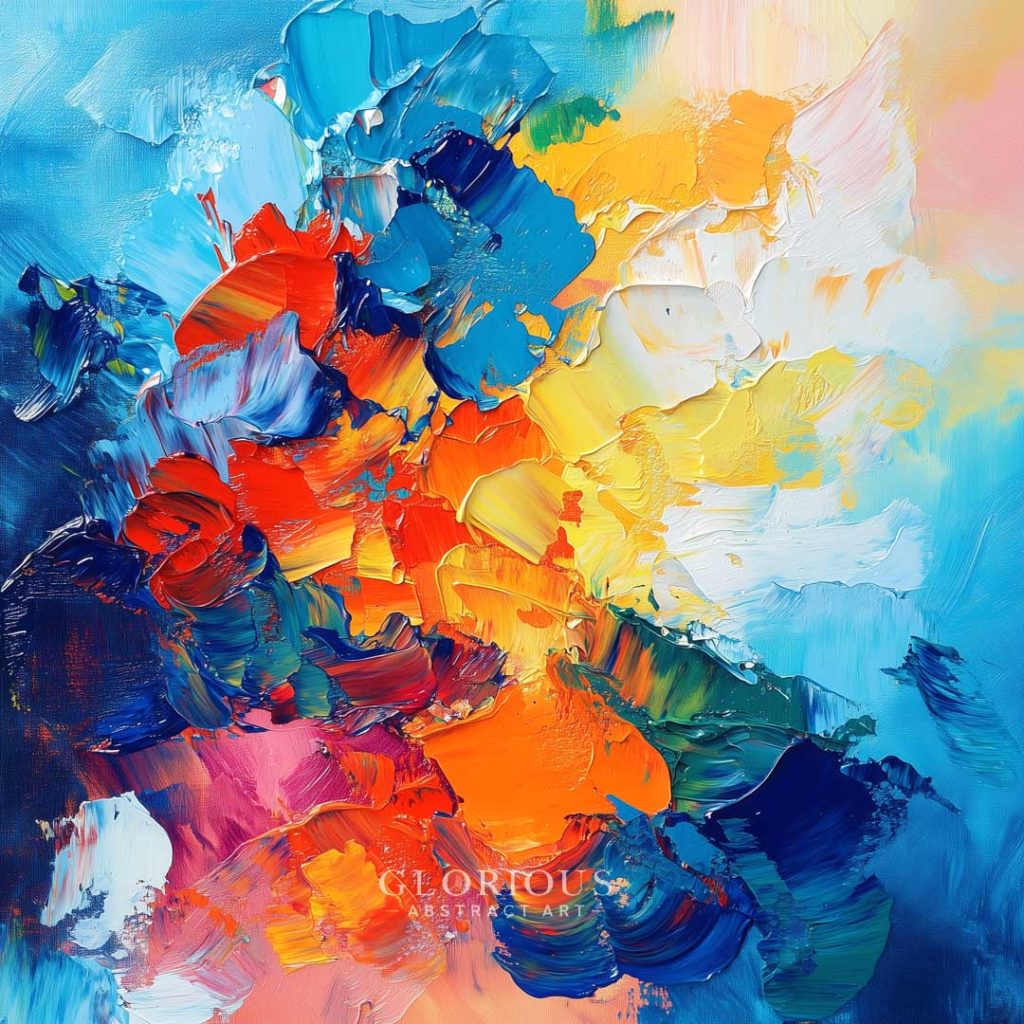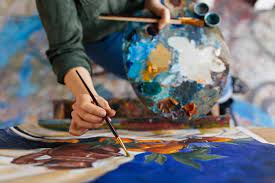Introduction: Art as More Than Beauty
Art has long been associated with beauty, craftsmanship, and personal expression. Yet, beyond aesthetics, art functions as a powerful vehicle for social change and cultural identity. From political murals to indigenous traditions, art carries values, memories, and visions of the future.
This essay examines how art shapes societies and identities through three lenses: historical evolution, theoretical perspectives, and real-world case studies.
1. Historical Evolution of Art’s Social Role
1.1 Ancient and Traditional Art
- Cave paintings documented survival, rituals, and community values.
- Ancient civilizations (Egyptian pyramids, Greek sculptures) tied art to religion and power.
1.2 Renaissance to Enlightenment
- Art became a symbol of humanism and intellectual progress.
- Michelangelo, Da Vinci, and others highlighted individual genius and cultural pride.
1.3 Modern and Contemporary Art
- 20th-century movements (Dadaism, Surrealism, Pop Art) questioned norms and authority.
- Street art and performance art brought creativity into everyday political life.
2. Theoretical Perspectives on Art and Society
2.1 Art as Social Commentary
- Critical theory views art as a medium to expose injustice.
- Example: Picasso’s Guernica condemned war and violence.
2.2 Art and Cultural Identity
- Anthropological views stress art as collective memory and identity expression.
- Folk songs, traditional crafts, and indigenous symbols reinforce belonging.
2.3 Art as Resistance
- Postcolonial theory highlights how art challenges domination.
- Literature, murals, and music in colonized societies preserve local voices.
3. Case Studies: Art as a Force of Change
3.1 Civil Rights Movement in the U.S.
- Songs like “We Shall Overcome” became anthems of justice.
- Murals in African-American communities celebrated resilience and pride.

3.2 Latin American Muralism
- Artists like Diego Rivera used public walls to narrate workers’ struggles.
- Art made political ideas accessible to the masses.
3.3 Indigenous Art and Cultural Revival
- Aboriginal art in Australia preserves ancestral stories and spiritual knowledge.
- Maori carvings and tattoos strengthen cultural identity in New Zealand.
3.4 Contemporary Activist Art
- Climate activists use installations (e.g., melting ice sculptures) to raise awareness.
- Digital campaigns like #BlackLivesMatter integrate art with social media activism.
4. Challenges in Using Art for Change
- Commercialization: Market pressures risk diluting political messages.
- Censorship: Authoritarian regimes restrict freedom of expression.
- Accessibility: Elite art institutions can limit public engagement.
- Misinterpretation: Ambiguous works may be co-opted or misunderstood.
5. Future of Art in Society
- Hybrid Art Activism: Blending street art with digital platforms for global reach.
- Globalized Identities: Art connects cultures across borders while preserving uniqueness.
- Education: Integrating art into curricula fosters critical thinking and empathy.
- Sustainability: Eco-art practices address environmental issues while modeling ethical creativity.
Conclusion: Art Beyond Beauty
Art is more than decoration—it is a mirror, a weapon, and a bridge. It has challenged oppressive systems, preserved cultural memory, and fostered collective belonging. In the face of globalization, climate change, and social inequality, art’s role in shaping social change and cultural identity becomes ever more vital.
By moving beyond aesthetics, societies recognize art as a dynamic force that informs who we are, where we have been, and where we might go.
















































